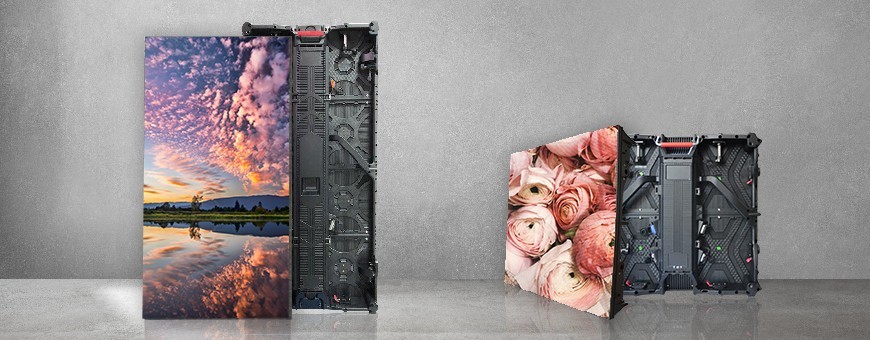Perfecting Hue Accuracy in Light Emitting Diode Wall Calibration for Breathtaking Graphic Displays
Perfecting Hue Accuracy in Light Emitting Diode Wall Calibration for Breathtaking Graphic Displays
Blog Article
Hue precision is crucial for producing breathtaking graphic presentations, particularly when using LED walls. These large displays are commonly found in locations like music venues, athletic arenas, and promotional billboards. When the hues on an LED screen are not accurate, the images can look dull or distorted, which can affect the total impression for audiences. Therefore, perfecting color precision in LED screen calibration is crucial for achieving vibrant and true-to-life images.
The initial step in guaranteeing color precision is understanding how LED technology works. LEDs, or light-producing diodes, produce light in multiple shades by combining red, green, and blue (RGB) light. Each dot on an LED screen consists of these three hues. When tuned properly, the mix of RGB can create a broad range of colors. However, if one hue is too intense or too faint, it can distort the entire display. This is why calibration is necessary to balance the hues and reach the intended graphic result.
Calibration involves modifying the settings of the LED wall to make sure that the colors displayed match the original content as closely as feasible. This process typically involves using specific software and hardware instruments. Technicians frequently use color measurement devices, such as color meters, to analyze the hues being displayed. By contrasting the assessed hues to benchmark color standards, they can make exact adjustments. This guarantees that the colors are not only lively but also uniform across the entire display.
Another important aspect of color precision is understanding the surroundings in which the LED screen is employed. Factors such as surrounding light can considerably impact how hues look. For example, a brightly lit room may fade colors, making them look not as vibrant. To mitigate this, technicians may modify the luminosity and contrast configurations of the LED screen. Additionally, they may choose particular color have a peek at this site profiles that are more suited for various lighting conditions. This flexibility helps preserve color accuracy irrespective of the viewing surroundings.
Ultimately, regular maintenance and recalibration are crucial for maintaining an LED wall looking its best. Over time, the performance of LEDs can alter due to factors like aging and heat fluctuations. Frequent inspections and adjustments can help ensure that the colors stay accurate and lively. By committing time in proper tuning and upkeep, venues can provide audiences with stunning graphic displays that enhance their overall experience. Mastering color accuracy in LED wall calibration is not just a technical job; it is an expertise that contributes to the magic of graphic storytelling.